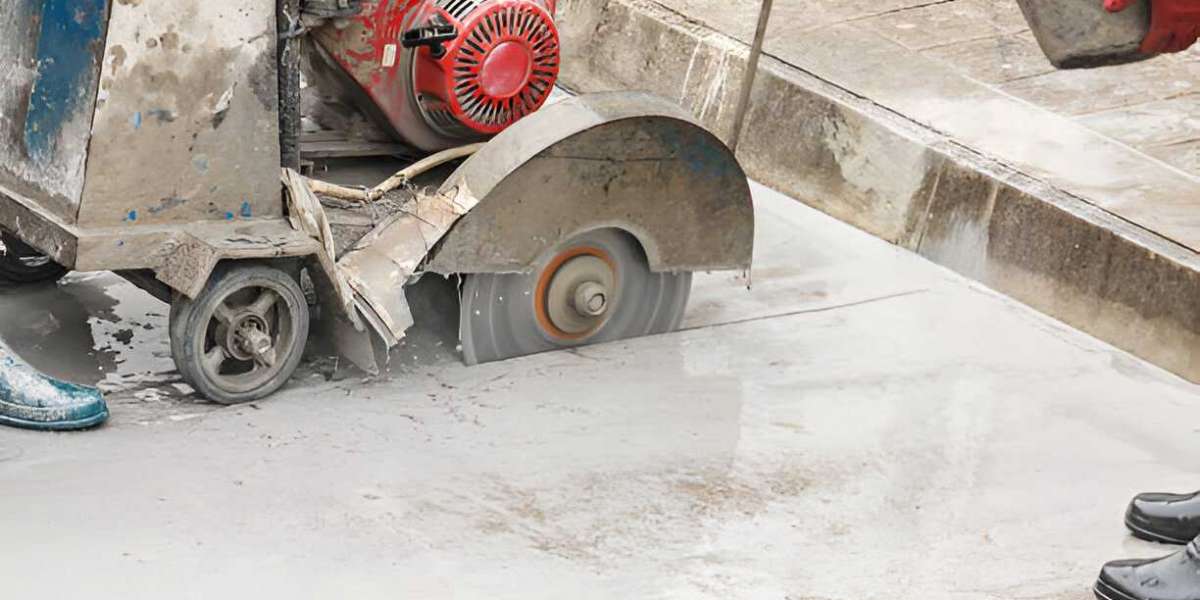Ever tried to cut a floor and ended up with jagged edges or uneven surfaces? Advanced floor cutting techniques can make a world of difference. Whether you're a DIY enthusiast or a professional contractor, mastering these techniques ensures perfect cuts every time. Let's dive into the nitty-gritty of advanced floor cutting and how it can elevate your projects.
Understanding Floor Cutting
Floor cutting isn't just about slicing through material; it's about precision, efficiency, and ensuring the integrity of the flooring. From concrete to tiles and wood, different materials require different approaches. Understanding these nuances is the first step toward mastering floor cutting.
Preparation for Floor Cutting
Before you even think about picking up a saw, you need to prepare. Assess the work area, clear any obstacles, and ensure you have all the necessary tools. This includes measuring tapes, markers, and of course, your cutting equipment. Preparation is key to avoiding mishaps and ensuring a smooth cutting process.
Choosing the Right Equipment
Your choice of equipment can make or break your project. Diamond blades are a go-to for cutting through hard materials like concrete and tile. You also need to decide between wet and dry cutting methods. Wet cutting helps control dust and keeps the blade cool, while dry cutting is more convenient for smaller jobs. Don't forget your safety gear – gloves, goggles, and ear protection are non-negotiable.
Techniques for Different Materials
Each flooring material has its quirks. Cutting concrete requires a powerful saw and a steady hand. For tiles, a wet saw can prevent chipping and cracking. Wood, on the other hand, is more forgiving but still demands precision to avoid splintering. Understanding these techniques ensures you choose the right approach for each material.
Precision in Floor Cutting
Precision is everything in floor cutting services. Start by measuring and marking your cuts carefully. Use a straight edge to guide your saw and ensure your cuts are straight. Rushing through this step can lead to costly mistakes and uneven floors.
Advanced Cutting Techniques
Advanced techniques can take your floor cutting skills to the next level. Scoring and snapping is a simple yet effective method for cutting tiles. A track saw can help you make long, straight cuts with ease. The plunge cutting method is perfect for creating openings in the middle of a floor without cutting from the edge.
Safety Precautions
Never compromise on safety. Always wear personal protective equipment (PPE) and handle tools with care. Keep your work area clean and free of debris to avoid accidents. Remember, a safe work environment is a productive one.
Common Mistakes and How to Avoid Them
Even seasoned pros make mistakes. Inaccurate measurements, overheating blades, and ignoring safety protocols are common pitfalls. Double-check your measurements, take breaks to cool down your equipment, and always follow safety guidelines to avoid these issues.
Maintenance of Cutting Tools
Your tools are an investment, so take care of them. Clean your tools after each use and store them properly. Regularly sharpen or replace blades to maintain cutting efficiency. Well-maintained tools not only last longer but also perform better.
Environmental Considerations
Floor cutting can create a lot of dust and waste. Use dust control methods like wet cutting and vacuum systems to minimize airborne particles. Dispose of waste materials responsibly, and consider eco-friendly options whenever possible.
Innovations in Floor Cutting
The floor cutting industry is constantly evolving. Laser-guided cutting tools offer unparalleled precision, while automated systems can speed up large projects. Staying updated with these innovations can give you a competitive edge.
Cost-Effectiveness of Advanced Techniques
Advanced floor cutting techniques may require an initial investment in equipment, but they pay off in the long run. They reduce material waste, save time, and improve the quality of your work. In the end, these techniques are not just cost-effective but also enhance your reputation for quality.
Case Studies
Let's look at some real-world examples. A construction company used laser-guided tools to cut intricate patterns in concrete floors, saving time and reducing waste. Another contractor used a track saw for a large tile installation, achieving perfect cuts and a flawless finish. These case studies highlight the effectiveness of advanced floor cutting techniques.
Conclusion
Advanced floor cutting techniques are a game-changer. They ensure precision, save time, and enhance the quality of your projects. By staying updated with the latest tools and methods, you can achieve perfect cuts every time. The future of floor cutting looks bright, with continuous innovations paving the way for even better techniques.
FAQs
What is the best tool for cutting concrete floors?
A diamond blade saw is the best tool for cutting concrete floors due to its ability to handle tough materials efficiently.
How can I avoid chipping when cutting tiles?
Using a wet saw and scoring the tile before cutting can help prevent chipping.
What are the benefits of wet cutting?
Wet cutting reduces dust, keeps the blade cool, and minimizes the risk of cracking or chipping the material.
How often should I replace my cutting blade?
Replace your cutting blade when it shows signs of wear, such as slower cutting speed or uneven cuts. Regular inspection is key.
Are there eco-friendly options for floor cutting?
Yes, using dust control methods, responsible waste disposal, and eco-friendly materials are all ways to make floor cutting more environmentally friendly.








